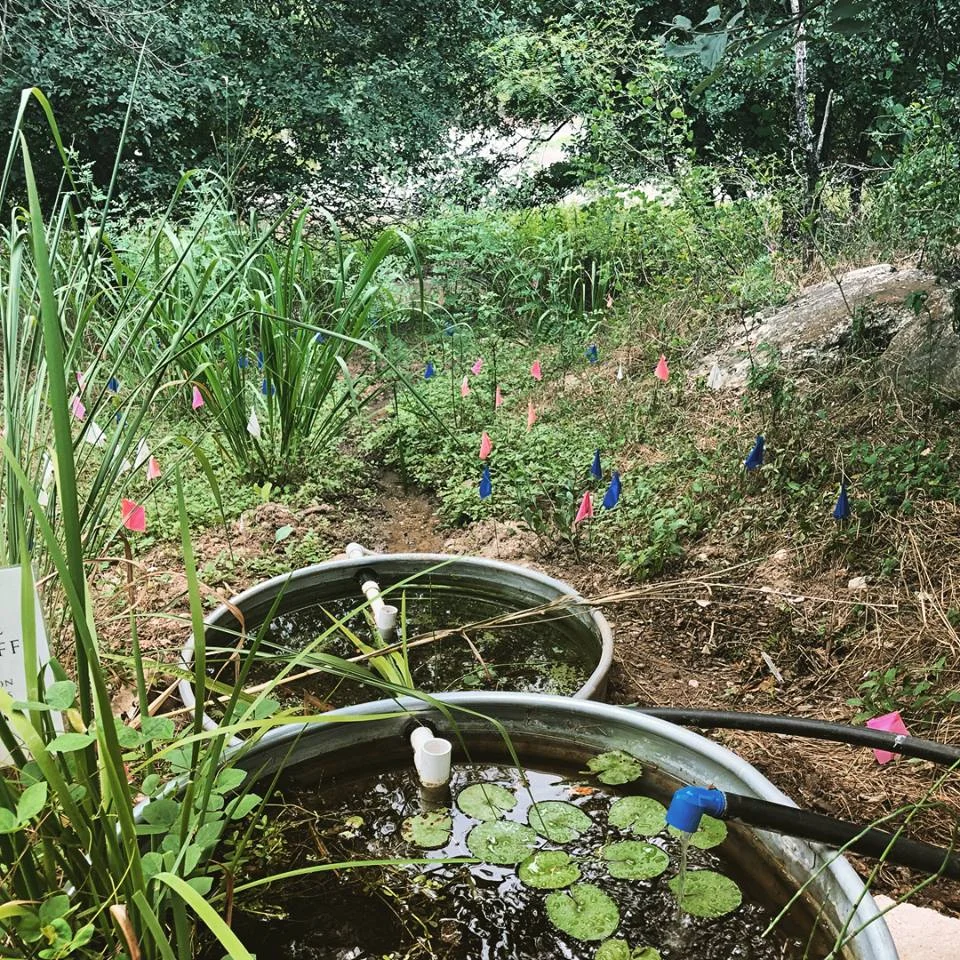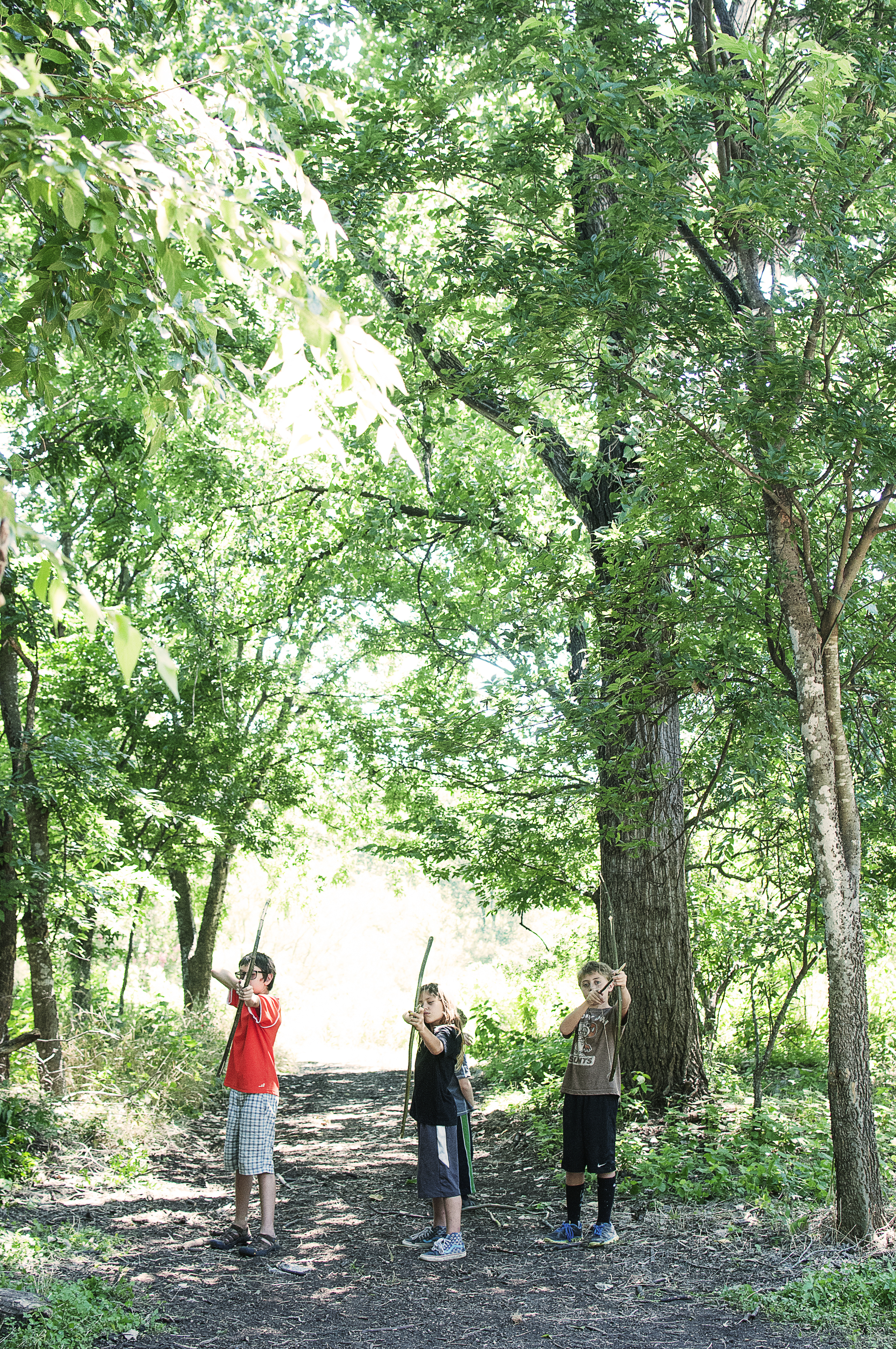The land at Circle Acres has withstood a lot of human abuse over the past century. For the past few years, Ecology Action has been working to rehabilitate the site and to return it to something more closely resembling its original biological health. But how does anyone recognize or measure that sort of health, or any changes in it? That is undoubtedly one of the enduring questions in the field of ecology.
Of course, part of the answer is to determine as precisely as possible just what biological elements – plants, animals, microbes – are present on the land, what their numbers are, how those numbers change. As a small part of that effort, since December of 2012, I have periodically canvassed the numbers and species of birds at Circle Acres and reported my counts to an internet site called eBird, maintained by the Cornell Lab of Ornithology. Over the years, the eBird system has compiled millions of checklists from birdwatchers all over the world, including (as of January 1) 72,175 from Travis County. Cornell scientists use this data to study the distribution of bird species and their population trends. Obviously, some errors in counting and identification are bound to creep into this huge volume of checklists, but eBird has statistical and analytical methods to account for this.
Users of eBird can report bird counts from just about any point of a Google map. Indeed, many have compiled long-continuing surveys of their back yards. However, the eBird operators put greater focus upon pre-identified sites called “Hotspots.” These places are generally accessible to the public and have been assessed to have greater than normal potential for attracting birds. Circle Acres is a designated Hotspot, one of about 145 within or immediately adjacent to the Austin city limits. Beginning on November 16, 2012, birders have submitted 211 checklists for Circle Acres (of which, I note somewhat sheepishly, I have submitted 193). Each checklist represents sort of a “snapshot” of the bird population that the observer encountered during a visit of an hour or two at the preserve.
After I'd been surveying birds at Circle Acres for a year or so, and the cumulative species list for the site began to build up, I began to become preoccupied with the number 150. Of the 145 Austin Hotspots, only about 26 boast lists of 150 species or more – and those are identified on the website's Hotspot map with yellow-gold markers (or with orange or red markers for that handful of the 26 with lists of over 200 species). The gold markers seemed to me much more distinguished than the green and blue markers for sites with fewer than 150 species. For various reasons, among them a strong component of juvenile competitiveness, I wanted Circle Acres to attain a gold marker.
At times, progress toward the goal seemed glacial. On January 1, 2015, Circle Acres' list still included only 132 species. By the end of November, it had reached 147. On December 1, during a particularly short visit to the site, I encountered two new species: dark-eyed junco and pyrrhuloxia. Then on December 26, after some recent heavy rains, I arrived at the site with a strange confidence that conditions were right for some different kinds of ducks to be swimming in the flooded bottomlands. I was not surprised to find a single female ring-necked duck accompanying the pond's usual contingent of wood ducks. The gold marker for Circle Acres looks good on the eBird map now.
I'm not psyching myself up yet to press on to the next Hotspot level, which is 200 species. Experience shows that to be a lot of birds for any single site in Travis County. On the other hand, Roy Guerrero Park, right next door to Circle Acres, has a Hotspot list of 223. Of course, at 300-plus acres, the park is more than 30 times the size of Circle Acres and includes more than a mile of Colorado River frontage. Still, who knows what is possible? – especially if more birders look at Circle Acres' gold marker on the Hotspot map and decide to give it a visit. The birding community has a curious term for the tendency of bird-sightings to compound themselves: “the Patagonia Picnic-table Effect.”
Right outside Patagonia, Arizona, is a large preserve that is widely known for its wealth of bird species. Many birders visiting the preserve stop at a nearby roadside park for lunch or a snack, and while there, some of them have spotted species of birds that are remarkably rare in the region. In time, the roadside park itself became something of a birding destination, although most of those who stopped there didn't find a lot of birds. In all likelihood, the incidence of rare-bird sightings at the picnic table is attributable more to the abundance of birdwatchers there than to any special abundance of birds.
I believe, though, that the abundance of birds at Circle Acres still greatly exceeds the abundance of birders – and that this is likely to become even more true as rehabilitation efforts continue to improve the site's habitat. In the interest of maintaining a proper bird-birder balance, however, I will continue encouraging people to visit and appreciate the preserve – and perhaps to begin working toward that elusive No. 200.
- Mike Rogan












